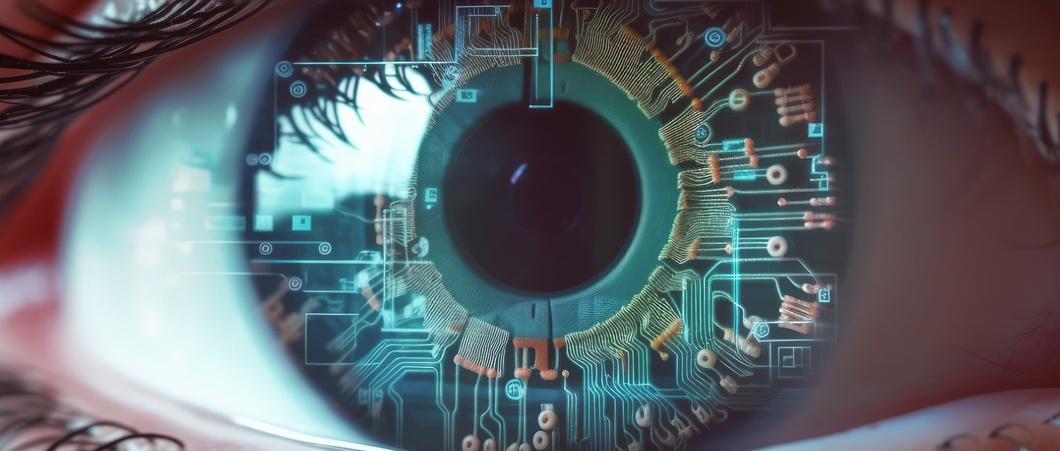
How to prevent dry eyes during winter
Peer reviewed by Dr Sarah Jarvis MBE, FRCGPAuthored by Emily Jane BashforthOriginally published 27 Oct 2021
Meets Patient’s editorial guidelines
- DownloadDownload
- Share
- Language
- Discussion
Dry eyes during winter are not uncommon, especially as the temperatures change and most of us crank up the central heating. While we can't control the weather, it is possible to prevent dry eyes or ease the often uncomfortable, irritating symptoms that accompany them.
In this article:
Continue reading below
What causes dry eyes in winter?
There are a number of reasons why you might get dry eyes in the winter. These include weather changes, as well as lifestyle factors that can exacerbate dry eyes at any time of the year:
Increased exposure to cold, dry air and wind.
Central heating can dry the eyes as heating the air evaporates the water in it, creating a dry atmosphere.
Long periods working at a computer screen.
Lack of sleep.
A diet lacking in omega 3 and other nutrients that are vital for eye health .
Drinking alcohol.
Wearing contact lenses.
Taking antihistamines for a cold.
There are also other underlying medical conditions that can cause dry eyes. These conditions include vitamin A deficiency, Sjögren’s syndrome, meibomian gland dysfunction and eye infections.
People over the age of 50, especially women, are particularly prone to dryness in their eyes, largely because of the hormone changes that occur during pregnancy, when using birth control medication or during the menopause.
What are the symptoms of dry eyes?
Symptoms of dry eyes include eyes that are:
Itchy.
Sore.
Burning.
Feeling gritty/as though they have sand in them.
Red.
Blurry.
Sensitive to light.
More watery than normal.
Producing stringy mucus.
Getting tired faster than usual.
Struggling to read or focus on a screen for a long time.
Feeling heavy.
Continue reading below
Dry eye treatment
Dry eye is generally considered to be a chronic condition. However, while it cannot be cured, it is possible to manage it effectively and reduce its symptoms.
Ophthalmic and Oculoplastic Surgeon Dr Elizabeth Hawkes says you can prevent dry eyes yourself at home in a number of ways.
"You can treat dry eyes by keeping them clean and taking regular breaks from computer screens. Also, making sure you're not straining your eyes when using a computer is important. You can do this by making sure the screen is at eye level. If you wear contact lenses, it can help to take them out and wear glasses occasionally to give them a break. Getting plenty of sleep is essential too."
Dry eye drops and medication
Dr Hawkes says a pharmacist may be able to help by advising you on possible treatments for dry eyes, such as eye drops, gels or anti-inflammatory medicines. Drops and gels can help with tear production and lower the risk of damage to your cornea.
In some cases of dry eyes, eye drops might be necessary for a short period of time.Drops are the common treatment for protecting your eyes from dryness since they increase the moisture in your eyes. Artificial tears might also work well for some people with dry eyes.
Your doctor might also change the medication you are taking if it is causing your eyes to become dry.
Continue reading below
Dry eyes and contact lenses
If you are a contact lens wearer, the type of lenses you are wearing could be the reason for your dry eyes. Therefore, an optician might suggest trying a different kind of lens that is softer, more moist and allows your eyes to breathe better.
Surgery for dry eyes
On rare occasions, if your dry eyes don't go away by using other treatments, your doctor may recommend surgery. Such procedures can stimulate tear flow, or an eye care professional might clean your eyelid.
How to prevent dry eyes
Dr Hawkes says it is possible to prevent dry eyes, as long as you keep your eyes clean and healthy. To prevent dry eyes:
oid smoking
Take regular breaks from your computer, phone or tablet, and limit the time you spend watching television.
Eat a diet rich in omega 3
Try not to spend too long in dry climates with air-conditioning or places with central heating. You can also invest in a humidifier at home to avoid the air getting dry.
Wear eyewear to protect your eyes when spending time outdoors if it's windy.
When should you see a doctor for dry eyes?
Dr Hawkes recommends contacting your GP or a specialist if your problem with dry eyes persists and you've already tried home treatments for a few weeks. If you visit your GP or an optician, they can offer a thorough eye examination.
You should also seek medical help if you notice acute pain or any change to the shape of your eyelids or your vision.
It is always best to get dry eyes treated early. Ignoring the problem allows it to escalate, and can mean the condition is more difficult to manage further down the line.
Patient picks

Eye health
Top 10 tips for dry eye relief
Dry eyes happen for various reasons. While not usually serious, they can be uncomfortable. Fortunately, there are several things you can do to treat dry eyes and find relief from symptoms.
by Victoria Raw

Eye health
How to reduce eye strain while watching TV
If you've ever experienced irritated eyes, blurred vision, or headaches while watching TV, you may be one of the many people who encounter eye strain. This common but temporary eye complaint can be soothed or avoided if you adopt some healthy TV viewing habits.
by Amberley Davis
Continue reading below
Article history
The information on this page is peer reviewed by qualified clinicians.
27 Oct 2021 | Originally published
Authored by:
Emily Jane BashforthPeer reviewed by
Dr Sarah Jarvis MBE, FRCGP

Ask, share, connect.
Browse discussions, ask questions, and share experiences across hundreds of health topics.

Feeling unwell?
Assess your symptoms online for free
Sign up to the Patient newsletter
Your weekly dose of clear, trustworthy health advice - written to help you feel informed, confident and in control.
By subscribing you accept our Privacy Policy. You can unsubscribe at any time. We never sell your data.